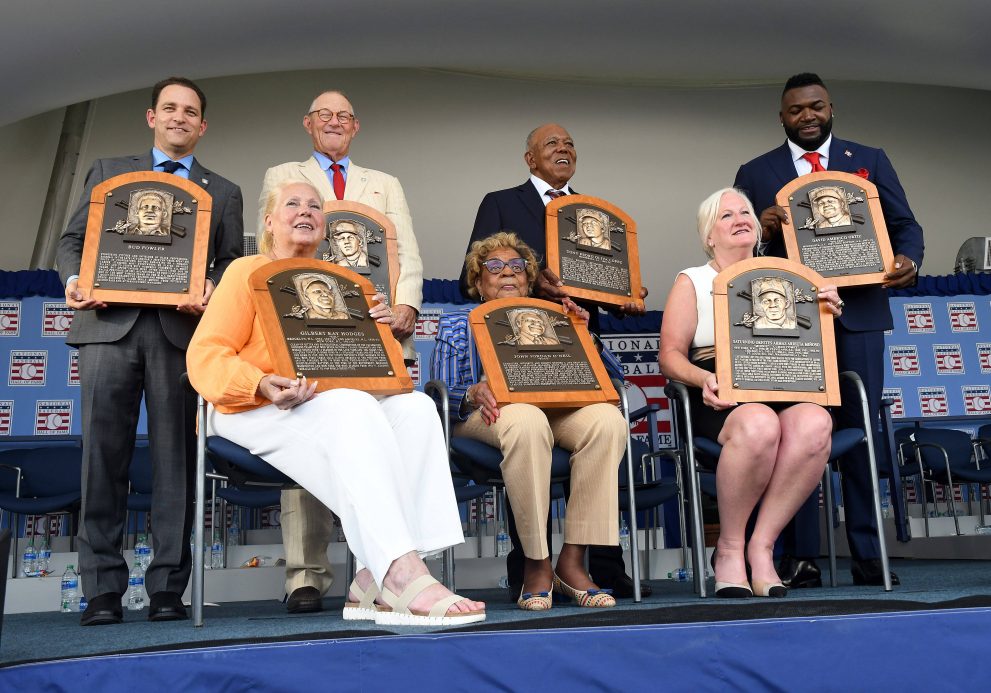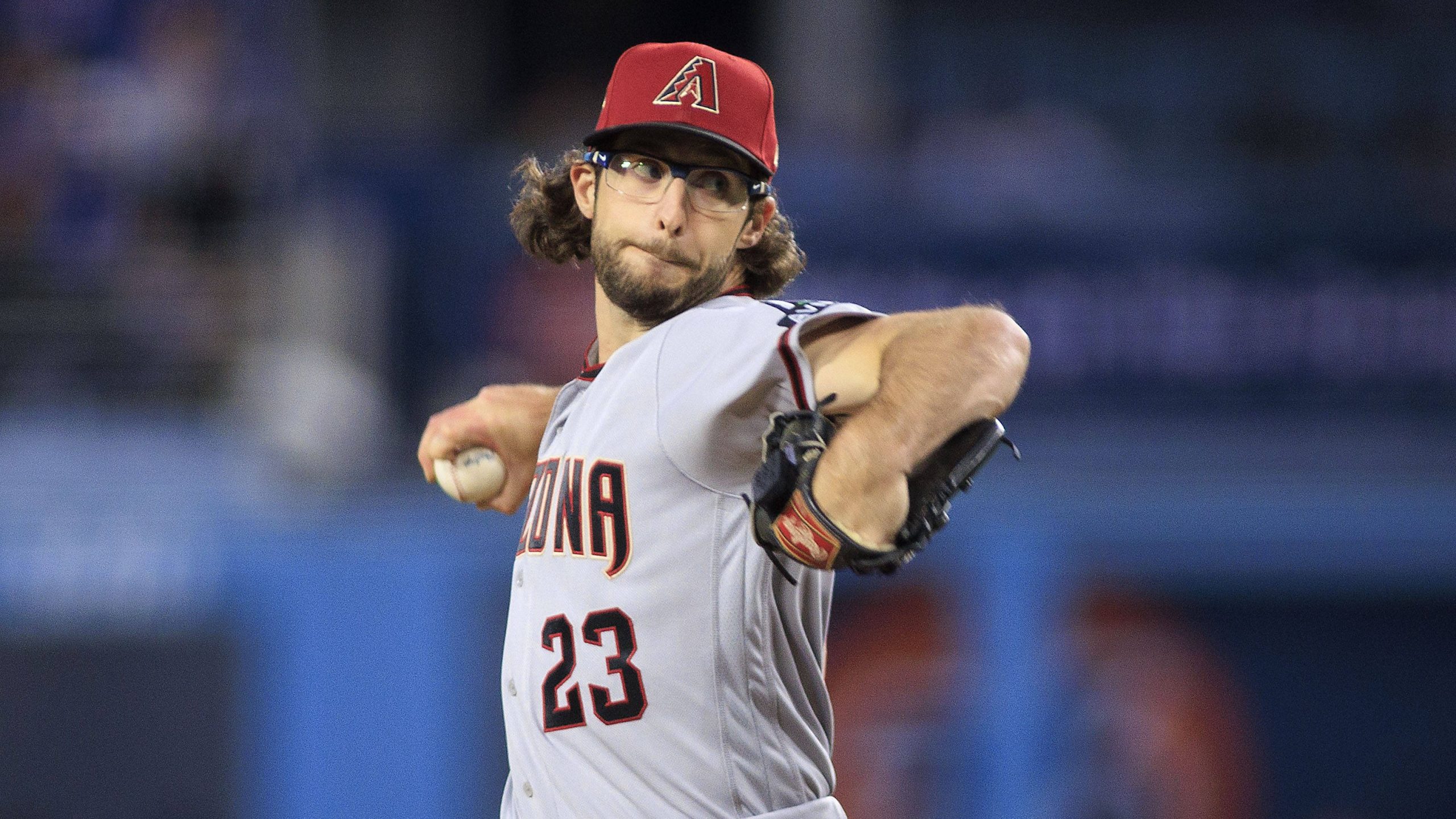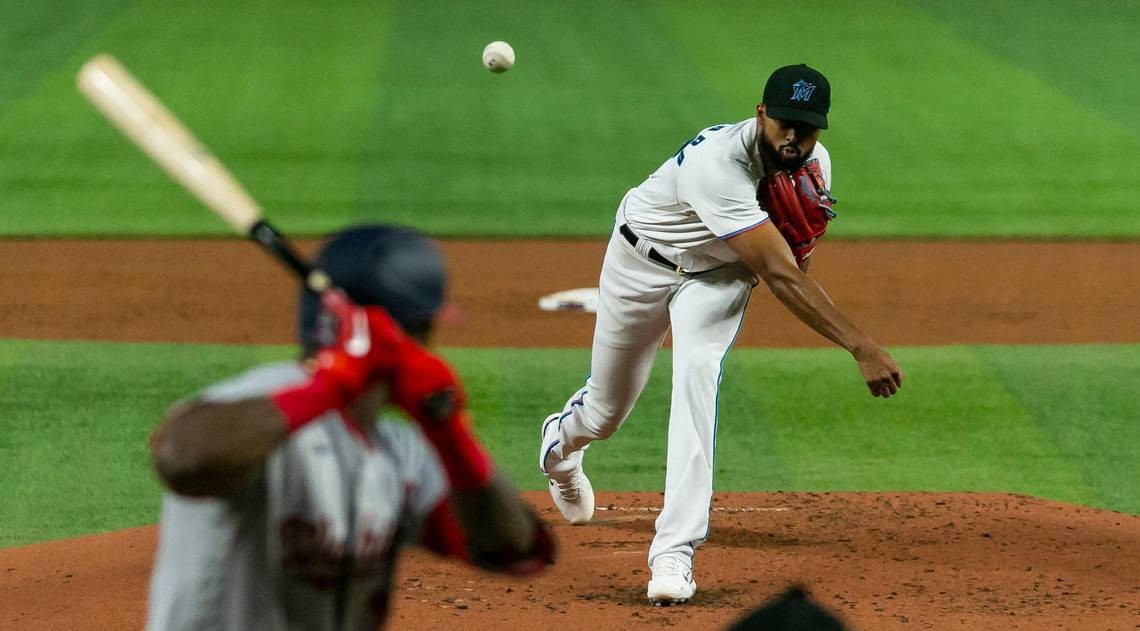COOPERSTOWN, N.Y. — From the day it opened almost 90 years ago, the purpose of the Baseball Hall of Fame is to link the sport’s past with its present.
But the annual induction ceremonies at the Clark Sports Center a mile or so from the museum are usually concentrated on celebrating players whose feats were witnessed firsthand at stadiums and on high-definition televisions across the country.
Yet there have been few induction days to bridge the eras quite like Sunday, when seven players spanning more than a century of professional baseball were officially enshrined in front of an estimated crowd of 35,000.
“In our living room, we played a lot of baseball history,” said Class of 2022 inductee Jim Kaat, who is 83 years old and the only pitcher to face both Ted Williams, who debuted in 1939, and Julio Franco, who last played in the majors in 2007. “I knew the answers to one of the questions before (his Dad) got done reciting it. And the answers were Ty Cobb, Walter Johnson, Christy Mathewson, Babe Ruth and Honus Wagner — the first five inductees in the Hall of Fame in 1936. I knew that before I was 10 years old.”
The game’s often-complicated lineage, of course, stretches much further back than the opening of the Hall of Fame.
The 2022 Hall of Fame class 🏆
◽️ David Ortiz
◽️ Gil Hodges
◽️ Jim Kaat
◽️ Minnie Miñoso
◽️ Tony Oliva
◽️ Bud Fowler
◽️ Buck O'Neil📸 @MLB | @baseballhall pic.twitter.com/TIrk7dKMij
— The Athletic (@TheAthletic) July 24, 2022
Bud Fowler, elected last December along with Buck O’Neil by the Early Baseball Era Committee, grew up in Cooperstown in the 1800s and was the first Black player in professional baseball. But persistent racism among teammates and opponents led him to form barnstorming teams that traveled throughout North America prior to his death in 1913.
“So there’s an unmistakable line you can follow from Bud Fowler to Andrew ‘Rube’ Foster, who created the Negro Leagues in 1920, to Jackie Robinson in 1947 and through the other inductees we celebrate here today,” said Hall of Famer Dave Winfield, who spoke on behalf of Fowler during a speech that he dubbed “…a brief American history tour.”
Fowler’s path was one followed by fellow 2022 inductees Tony Oliva, Minnie Minoso and Buck O’Neil. Oliva, who signed out of Cuba in 1961, recalled last week how he’d eat at different restaurants and stay at different hotels than his white teammates early in his career.
“It was very tough for us in those days,” Oliva said.
Minoso began his five-decade career by becoming the first Black Latin American to reach the majors in 1949 while O’Neil, a member of the Negro League’s famous Kansas City Monarchs, became the first Black major league coach with the Chicago Cubs in 1962.
“What makes today’s recognition especially bittersweet is that Minnie faced many obstacles to arrive at this day,” said his widow, Sharon Rice-Minoso. “As a dark-skinned Afro Latino in the height of segregation, he knew of the racial and cultural challenges that he would endure coming to the United States. He tolerated them so he could play professional baseball and fulfill his own American dream.”
Welcome to baseball immortality, Buck O'Neil.
📷 Milo Stewart Jr. pic.twitter.com/WnXQpi6APv
— National Baseball Hall of Fame and Museum ⚾ (@baseballhall) July 24, 2022
O’Neil and Minoso each lived into their 90s but missed out on being enshrined in the Hall of Fame just months before their deaths in 2006 and 2015, respectively, when O’Neil wasn’t one of 17 players or executives elected by a Special Committee on Negro Leagues and Minoso didn’t receive the 12 votes necessary during the Golden Era balloting.
“Uncle John would also probably weave into his words to you this afternoon the notion of ‘timing’ — that is, the positivity with which he viewed a majority of the occurrences in his life,” said his niece, Dr. Angela Terry. “In this light, he would remind all of us that his playing career was in the Negro Leagues and that today he was being inducted into the same class as a Black baseball pioneer, Bud Fowler, and a former Negro League All-Star, Minnie Minoso.”
Gil Hodges is a beloved icon with two franchises for his skills as a power-hitting first baseman for the Brooklyn Dodgers and as the manager who directed the New York Mets to their first championship in 1969. But his daughter, Irene, said she was most proud of her Dad — who died of a heart attack at age 47 in 1973 — for the integrity he displayed in standing up to those who tried intimidating Robinson after he broke the color barrier.
“During a game, Jackie was being heckled by the opposing dugout non-stop,” Irene Hodges said. “At one point, my Dad had had enough of that. He put down his glove. He went to the top step of the dugout and said ‘If anyone else has anything to say, let them come out here right now and we will settle it.’ Needless to say, nobody came out and no one said another word.”
For the Minnesota Twins, whose representation in the Hall of Fame increased from four to six players when Kaat and Tony Oliva chose to wear Twins caps on their plaques, the election of Kaat and Oliva by the Golden Era committee served as a link of the franchise’s roots in the Twin Cities.
Congrats to @TonyOliva6 and Jim Kaat on their induction into the Baseball Hall of Fame. Fantastic players. Even better people. Very deserved. @Twins
— Frank J. Viola, Jr. (@FrankViola16) July 25, 2022
Kaat was signed by the Washington Senators in 1957, a little more than three years before the team moved to Minnesota and was rechristened the Twins. Oliva was one of the team’s first amateur signings following the relocation.
“I reported to the Instructional League on October 26, 1960 and I had ‘Senators’ on my uniform,” Kaat said during a press conference Saturday. “By the end of the day, we were the Minnesota Twins.”
The sight of Kaat and Oliva on stage representing the Twins also provided a reminder of the franchise’s sturdiness after it was nearly contracted following the 2001 season. Bud Selig, the commissioner who appeared before Congress fewer than three months after 9/11 and tried explaining why the Twins and Montreal Expos should be eliminated, sat with his fellow Hall of Famers as Kaat and Oliva spoke Sunday.
The Twins have made the playoffs nine times since 2002 and enter today with a three-game lead in the American League Central.
“It was such a great atmosphere in the old country ballpark atmosphere of Metropolitan Stadium,” Kaat said. “I’m sure glad that the Twins didn’t lose their franchise and I’m able to go in as a Twin.”
The sight of Ortiz — who drew chants of “Papi!” from a Red Sox-centric crowd — delivering the final speech of the day symbolized some of the challenges baseball and the Hall of Fame electorate faces in the 21st century.
David Ortiz gives his speech!
📷Milo Stewart Jr. pic.twitter.com/VPBncfJA1f
— National Baseball Hall of Fame and Museum ⚾ (@baseballhall) July 24, 2022
Ortiz, who last played in 2016, is the first designated hitter elected on the first ballot. He earned 77.9 percent of the vote three years after Edgar Martinez, who made almost 70 percent of his appearances at DH and finished with 68.4 WAR per Baseball-Reference (Ortiz finished at 55.3), was elected in his 10th and final year on the ballot.
“I haven’t processed it yet, it’s going to take me a minute,” Ortiz said at a press conference Sunday afternoon. “I’m so used to watching on TV that I couldn’t believe I was just out there with all these superstars.”
Ortiz is the second player from the drought-busting 2004 Red Sox inducted into the Hall of Fame. By their resumes alone, he would almost surely be joined by Curt Schilling and Manny Ramirez. But Schilling, who has become a controversial political pundit in his retirement, received just 58.6 percent of the vote — well shy of the 75 percent needed for induction — in his final appearance on the writer’s ballot this year.
Ramirez, who twice tested positive for PEDs, has yet to receive more than 28.9 percent of the vote in six years on the writer’s ballot. Ortiz was also one of 103 players who reportedly tested positive for PEDs during anonymous survey testing in 2003, one year before Major League Baseball’s drug testing program officially began. He never tested positive over his final 12 seasons.
Among the legends in Cooperstown over the weekend was Alex Rodriguez, who was on his way to becoming a first-ballot inductee before becoming ensnared in a pair of PED scandals late in his career and receiving a 211-game suspension bridging the 2013 and 2014 seasons.
Despite his 696 career homers, Rodriguez received just 34.3 percent of the vote in his debut on the writer’s ballot this year. He has nine more years of eligibility — a span that will bring the Hall of Fame to the doorstep of its centennial and continue to offer reminders that a wonderful but complicated sport needs to understand and acknowledge its imperfect past while trying to construct a sturdier future.








